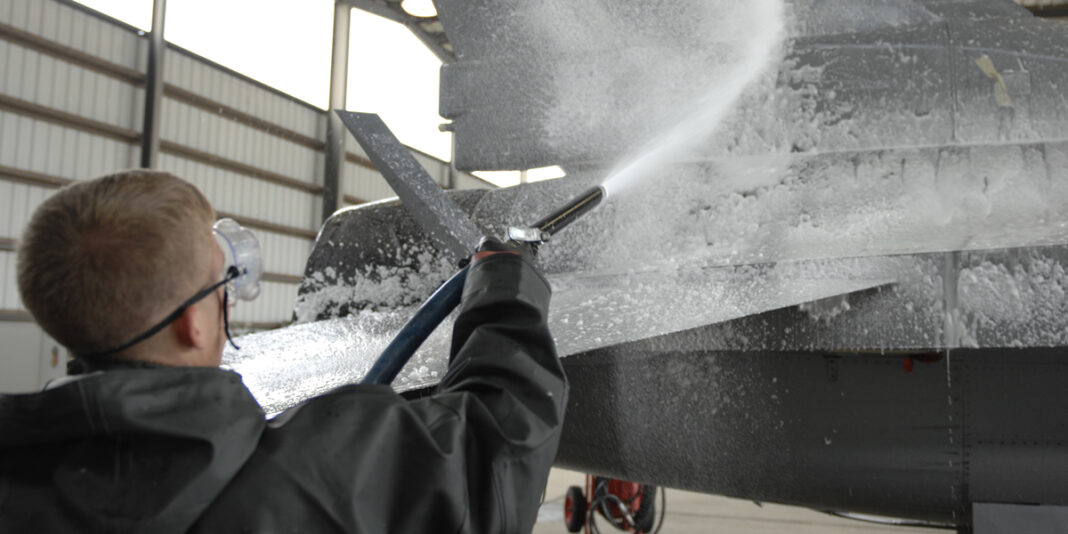Airplane detailing involves quite a lot compared to other forms of vehicle detailing. You need to follow specific rules and principles when carrying out such a task. Even if you may not be the one to perform the detailing, you still need to have the proper knowledge about what the job entails, which will determine your choices of the most suitable service provider.
Before moving on to the tips on how to go about airplane detailing, you need to know a few things as it is not just about washing the dirt and cleaning its interior. Airplane detailing helps eliminate corrosion buildup in the airframe, which is terrible for the air vehicle and spikes up maintenance costs. There are two steps involved in airplane detailing: the exterior and interior processes.
Exterior airplane detailing involves washing and waxing. It is also the process where pressure washers come in. However, in some cases, the washers may not be ideal as they could drive dirt and impurities further into sections and openings, causing damage and degradation to the airframe. On the other hand, interior detailing involves cleaning the interiors, from the pilot cabin to toilets and every other indoor part of the airplane.
Read on to discover a simple guide on how to go about airplane detailing using pressure washers, but note that this is not a step-by-step process; instead, they are tips that will guide you.
4 Tips on How to Go About Airplane Detailing with Pressure Washers
- Starting with the dirtiest part of an airplane, the tail, it is advisable to begin your pressure washing from this point. You should start from the top and work your way towards the bottom, that is, from the tail towards the nose of the plane. Make sure you never use a ladder when using the tool to wash the rear, as the effect of the pressure could make you fall off.
- To get the best results when airplane detailing, you should clean smaller sections at a time. You can start pressure washing from three to four feet and deal with a three to four feet wide area. It would help if you also focused on the engine area when using pressure washers as it is usually quite dirty due to the engine’s exhaust causing black residue. However, do not apply too much pressure.
- When cleaning, always remove the rudders because they conceal parts of the plane that actually need cleaning. After removing the rudders, you can go on to pressure wash the fuselage by starting from the bottom upwards and then moving on to the aircraft’s body.
- Never spray the windows of an aircraft, particularly the windshield. Airplane windows are made from delicate materials that scratch easily. Instead, you can use a soft cloth and an ideal window cleaner. Furthermore, the wheels should not be forgotten and should be washed thoroughly with lots of detergents; you could also use a brush.
Conclusion
Cleaning aircraft takes time, but with pressure washers, the task is done in no time. Based on the write-up, you now know that not all airplane parts need pressure washers; however, keep in mind that all you need is a suitable match to get the job done perfectly.















